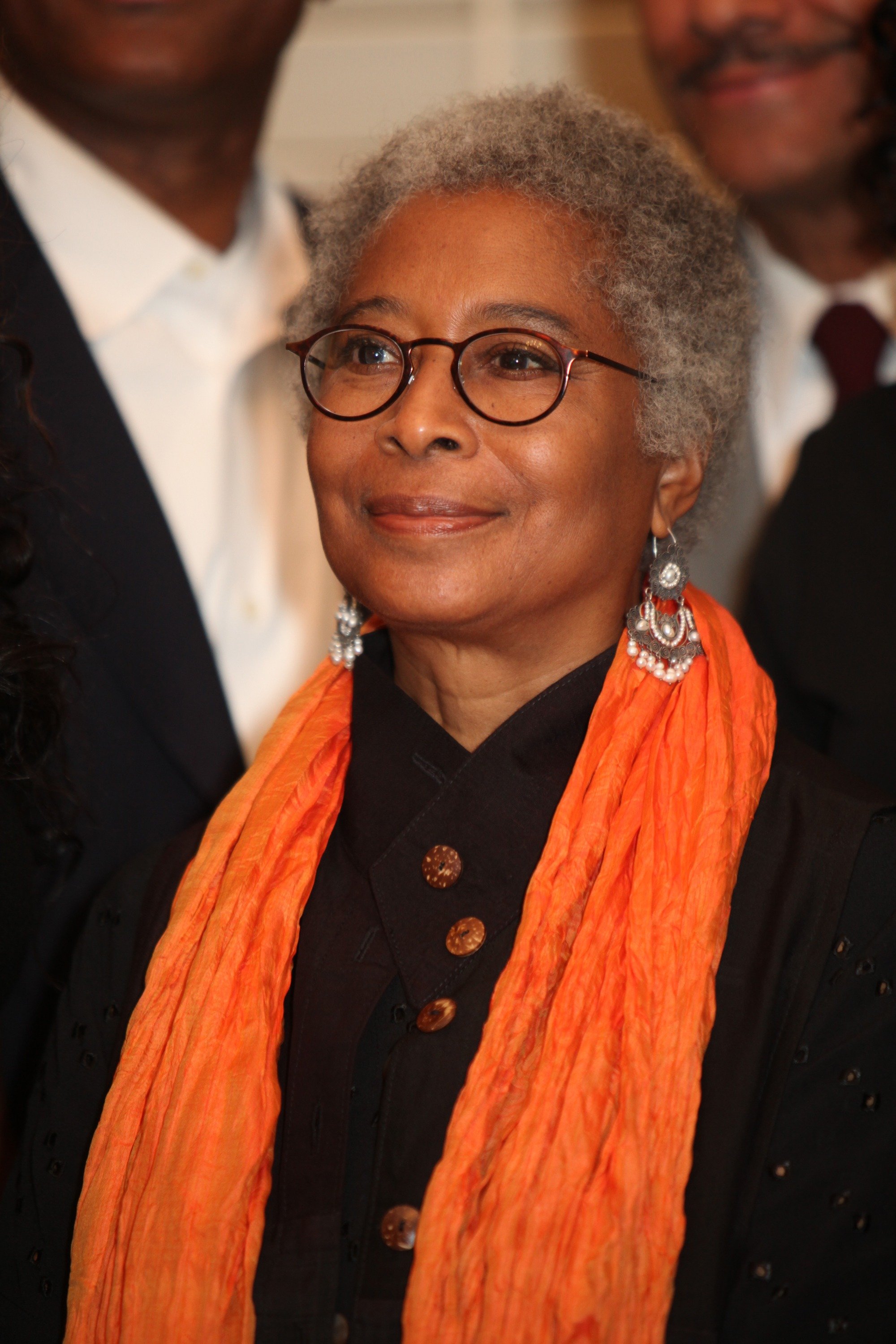
The Pulitzer Prize-winning author and activist Alice Walker has spoken out in a new interview, conducted August 19 in Oakland, California, saying that the San Francisco School Board should rethink its recent much-debated decision to censor murals at George Washington High School. The 1936 artwork is currently set to be covered up in response to protests by students and parents over what they see as racist and degrading imagery.
“Leave the mural and explain the mural to the children,” The Color Purple author argues in the interview, which was posted by the Labor Video Project to YouTube. “Why try to hide the reality of our history—which is a terrible one? If you really want to educate people, leave the stuff and teach them what it means… It’s just very ignorant and backward to think that you can erase history, erase reality, by destroying art.”
In addition to her status as a prominent black feminist intellectual (Walker is actually credited with coining the term “womanism,” an alternative to feminism that incorporates race and class), Walker’s statement has a particular weight when it comes to the controversy over the murals at George Washington High School: Her daughter attended the school.
“I think this feeling that everyone is now so tenderhearted that they can’t bear to know the history is ridiculous,” Walker says. “I have been able to encounter my own, both the Native American and the African and the European, and it didn’t kill me.” She argues forcefully that the murals should be accompanied by a text explaining its meaning and used as a teaching tool rather than being removed from view.
Earlier this month, the San Francisco School Board overturned an earlier decision to destroy the murals completely by painting them over, voting instead to cover up the murals with wooden boards as a compromise.
The cycle of murals, titled the Life of George Washington, was created by Victor Arnautoff in the 1930s as part of the Works Progress Administration. It is largely a straight-forward celebration of Washington’s biography, but it contains panels depicting the first president as a slave owner and seeming to preside over the murder of a Native American man. The images have sparked controversy before as being racist.
Debate over the mural has been bitter, with critics arguing that supporters are defenders of white supremacy. “This country began by justifying white supremacy through the dehumanizing of people of color,” San Francisco School Board member Mark Sanchez argued in a public debate about the mural’s fate last week, according to the New York Times. “This is an example of that.”
Supporters argue that Arnautoff put the controversial images into the mural specifically because he was critical of the effort to gloss over America’s troubled history. Walker joins a chorus of prominent community leaders and activists who have recently spoken out against the board’s effort to censor or destroy the murals, including the actor Danny Glover, who attended George Washington High School himself in the 1960s.
The video of Walker’s interview ends by cutting to a clip of San Francisco School Board head Stevon Cook opening the June 25 meeting at which the board originally voted to destroy the artwork, citing a much-repeated Alice Walker quote: “The most common way that people give up their power,” he says, “is by thinking they don’t have any.”
Watch the full interview with Alice Walker below: